Daniel Ricciardo’s willingness to jump into an uncompetitive Formula 1 car mid-season is unusual for a driver of his standing, even one whose reputation has been tainted by those two dire years with McLaren.
But he has trodden this path before, albeit long before emerging as a superstar.
The Australian, who had then just turned 22, made his F1 debut in the ninth race of the 2011 campaign when he was thrown in at the deep end with struggling HRT, then firmly the slowest team on the grid, at the British Grand Prix.
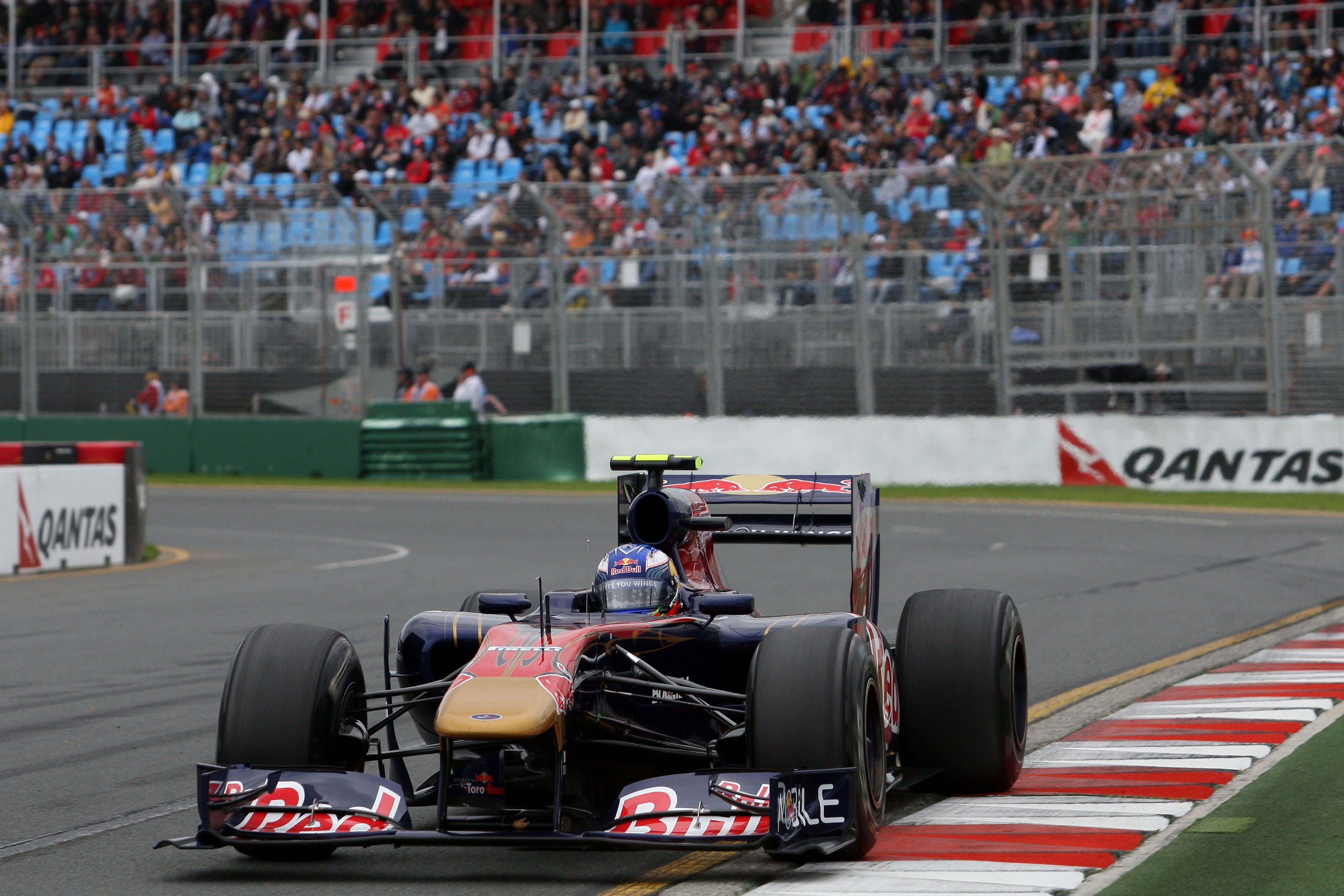
His promotion came at a time when he was driving in FP1s for Toro Rosso and had been rumoured as a potential mid-season replacement for Jaime Alguersuari before the Spaniard produced strong runs to eighth in the Canadian and European Grands Prix. So a place was found for Ricciardo at HRT, with Narain Karthikeyan relegated to third driver status.
On paper Red Bull picking Ricciardo as its next F1 graduate may have come as a surprise. Ricciardo had just missed out on the 2010 Formula Renault 3.5 crown to Mikhail Aleshin (who Red Bull had dropped from its programme one year earlier) in the final race but was enduring a disappointing 2011 FR3.5 season.
But this was largely down to a move from Tech 1 Racing to ISR, a team that struggled to give him the machinery for his pace to show – although things did come together for a glorious victory from pole position in the Monaco round.
At the time the decision to throw him into F1 with HRT was made, Ricciardo was only fourth in the FR3.5 championship and realistically not a contender to win the title that ultimately went to Robert Wickens. That might sound like a recipe for disaster when Helmut Marko is dictating your fate, but Ricciardo had impressed Red Bull from the moment he was signed while in Italian Formula Renault.
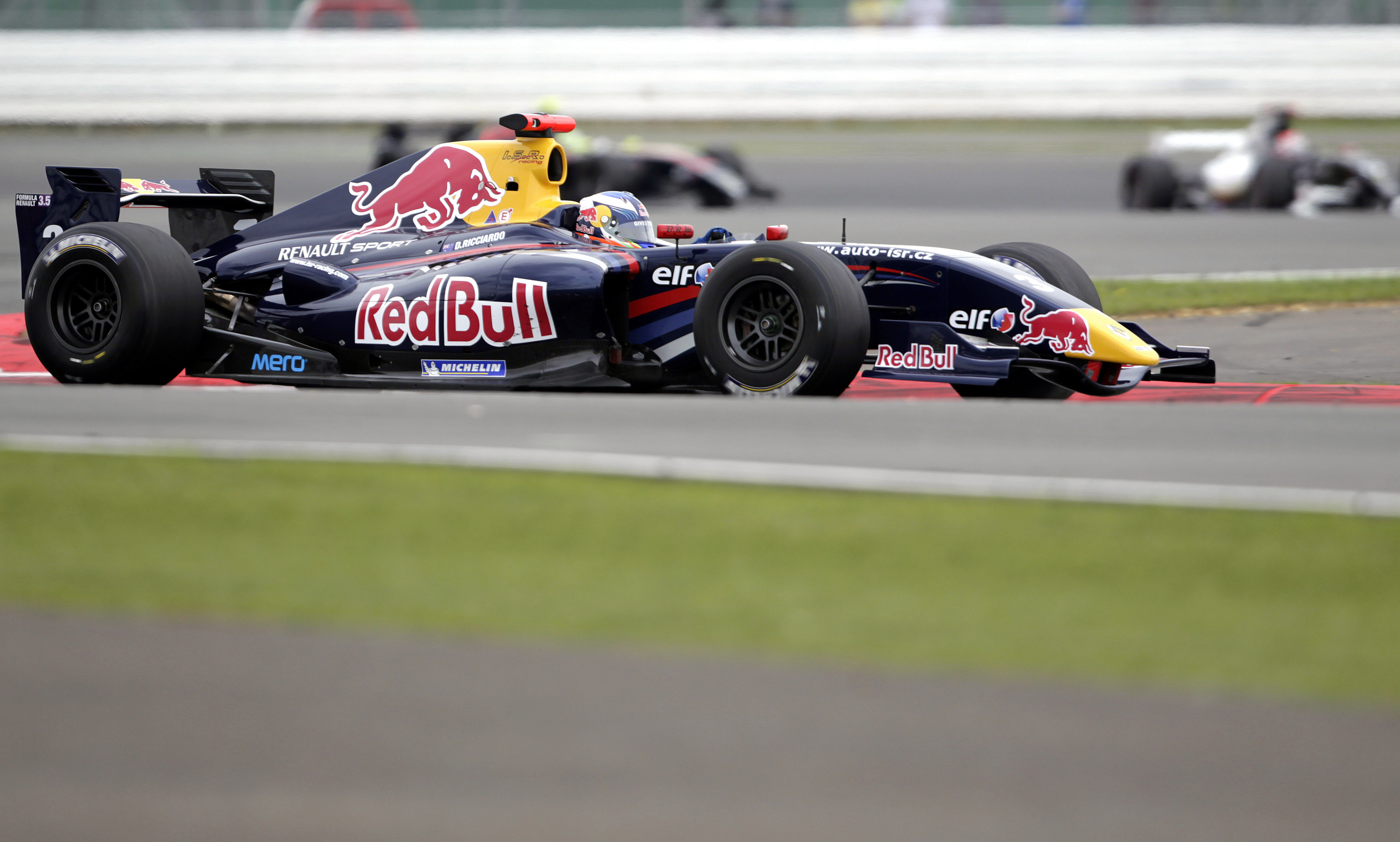
“We could see that he was something special, from the first moment on he was competitive, the smile was there already,” said Marko. “It was always nice to work with him, there were never any complaints. Basically, he delivered.
“When he was in 3.5 with ISR they had ups and downs but they were not consistent. Of course, we would have preferred to see him winning the championship, but continuously he developed. He’s a smart guy and you could see the progress over the years.”
Ricciardo also made a positive impression in his Friday outings for Toro Rosso on top of the big impact of his outings for Red Bull in the young driver test at Jerez in 2009 and Yas Marina a year later.
That’s why Red Bull was so keen to evaluate him, even in a team that was firmly established in backmarker obscurity. While he’d be at the back of the grid, he could be compared directly to his HRT team-mate, a driver Red Bull knew well – Vitantonio Liuzzi, who continued in the other car, save for standing down in India to allow Karthikeyan to race on home soil.
His first taste of the HRT-Cosworth F111 came in Friday practice. The biggest lesson Ricciardo learned that weekend was how far he had to go in understanding the capricious Pirelli rubber, particularly on long runs having had little experience of those in his Toro Rosso outings. His underlying speed was immediately decent, but he struggled to get the best out of fresh tyres in qualifying and ended up 0.575s slower than Liuzzi.
The race started in damp conditions with Ricciardo on intermediates and he chased Jerome d’Ambrosio’s Virgin early on. He was over seven seconds behind Liuzzi after 10 laps and by his own admission, after switching to slicks he was too cautious once amid blue flags and was losing too much time.
“The grip level was a bit of an unknown,” he told me after the race. “I was a little bit too cautious with the blue flags. The team was saying try to lose a second or a second-and-a-half, but I was losing three of four seconds. I didn’t want to create any problems for the faster guys so it was hard to get a rhythm.”
In total, he finished 1m28.884s behind Liuzzi with the time loss in the final 16 laps an average of 2.9s per a big part of that was down to blue-flag caution, but he also faded in the closing stages of what was at that point the longest race he had ever contested.
His laptimes were erratic, largely because of the blue flags, and come the final 10 or so laps he had dropped way off Liuzzi’s pace, suggesting that he was perhaps struggling a little physically. But no more than you would expect any F1 debutant to. The key was that improvements followed.
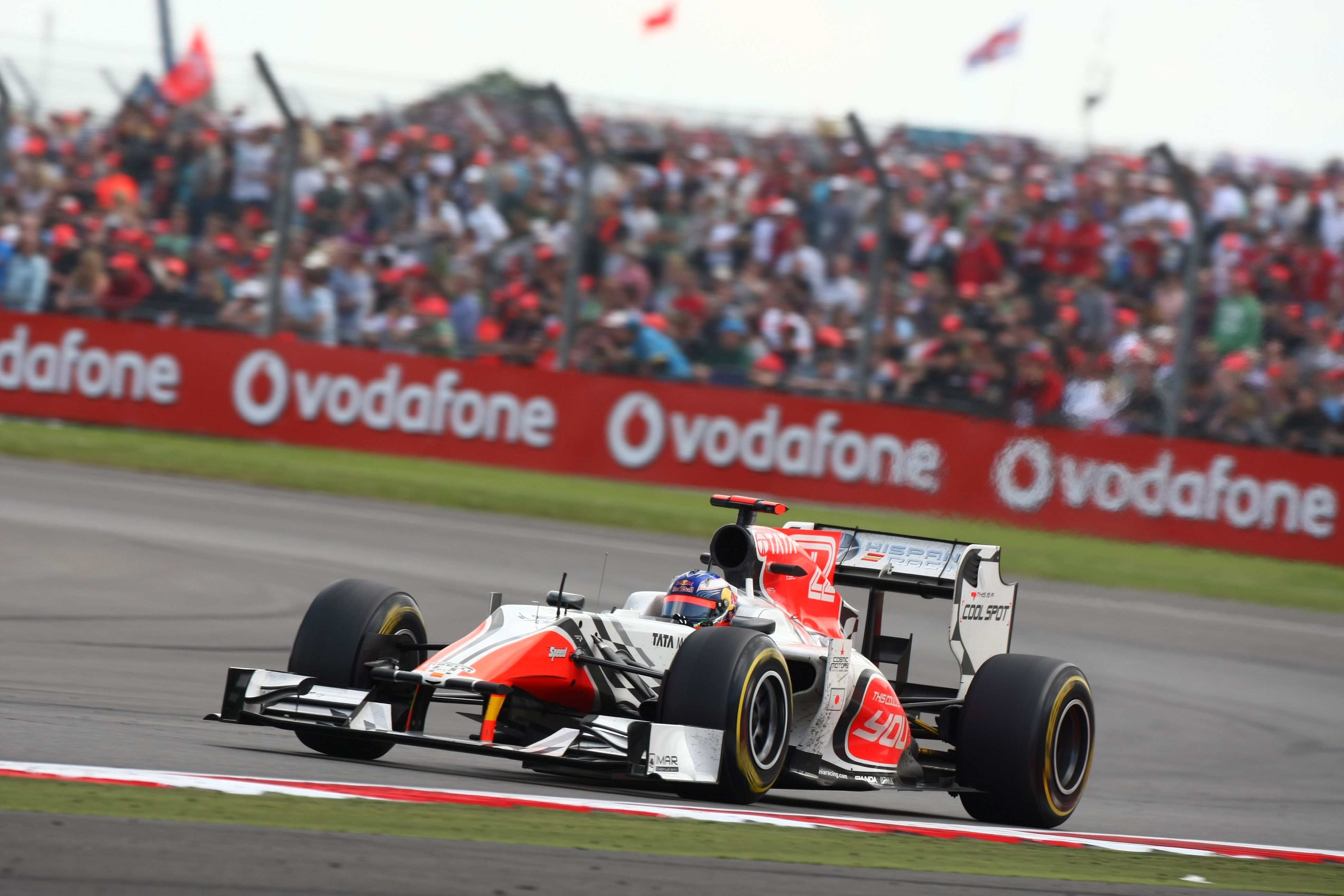
“There are things to work on,” said Ricciardo. “Tonio managed his race and his tyres quite a bit better than me. I put that down to experience. The more I work at it and learn, the easier it will become. The first few races won’t be easy, as I found at Silverstone, but towards the end of the year they [Red Bull] expect to see a big gain and big progress.
“If I am going to be on the grid next year, they want to see some potential from me.”
When talking with Ricciardo outside the HRT motorhome following the race, it was clear that there were elements of his F1 debut that were chastening. But he also showcased a trait that became familiar, namely the ability to recognise his shortcomings and accept the need to improve.
This was the starting point and he had the air of someone who, if he were to have the race again, would produce a dramatic improvement next time around.
Ricciardo made a big step for his second outing at the Nurburgring, where he matched Liuzzi in qualifying and managed the tyres more effectively to execute a successful two-stop strategy, as well as cutting the time lost to blue flags. The upshot was race pace maybe a couple of tenths per lap off Liuzzi, who retired with an electrical problem. He finished 19th, three laps down, which was about par for an HRT. Next time out in Hungary, Ricciardo was a tenth-and-a-half off Liuzzi in qualifying and beat him in the race for the first time, albeit aided by his team-mate’s first-lap spin at the chicane.

After the summer break Ricciardo had a difficult weekend at Spa, failing to put together a proper lap in qualifying and missing the 107% cutoff. He was allowed to start based on the pace he had shown, but soon retired thanks to a rear wheel not being properly attached at a pitstop.
Ricciardo then outqualified Liuzzi for the first time at Monza despite problems during practice, joining the race late after a water-system problem and running around to build experience despite never having a chance of being classified.
He outqualified Liuzzi again in Singapore, only to rear-end Timo Glock’s Virgin on the first lap. He kept going and recovered to beat Liuzzi, but only thanks to the deployment of the safety car and the Italian having to pit for a new front wing. He then showed an impressive turn of speed in the race in Japan that belied anything an HRT had previously shown in 2011 after a solid but unspectacular qualifying.
This marked the point where Ricciardo started to show his mettle consistently. A water leak stymied him in qualifying in Korea, but he drove a fine race to overtake and beat D’Ambrosio. He then produced a decent qualifying performance in India, albeit only just quicker than one-off team-mate Karthikeyan. He only finished behind Karthikeyan and D’Ambrosio thanks to a puncture in the race.
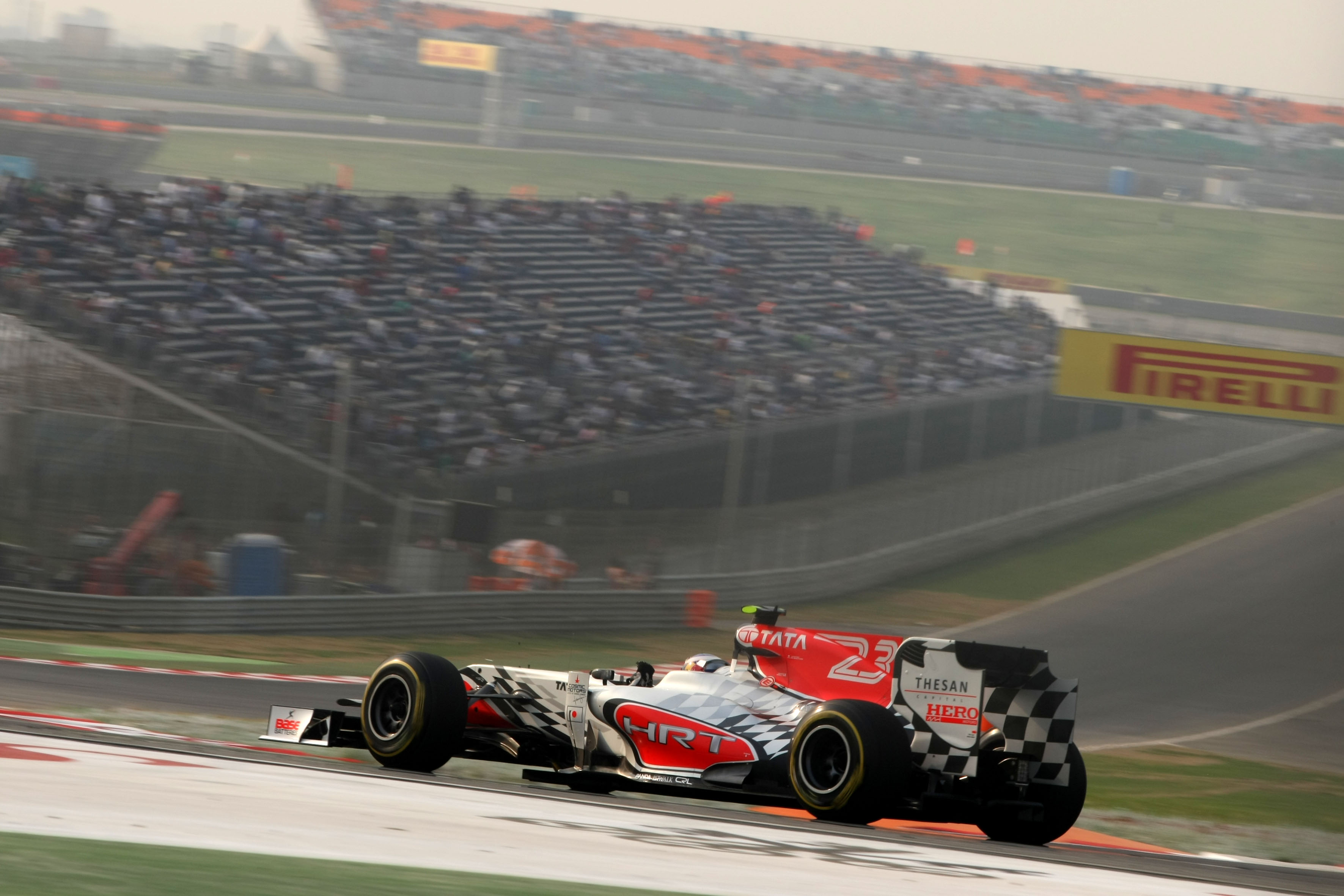
He then had a decent weekend in Abu Dhabi before retiring with an alternator problem, rounding off the season with a disappointing qualifying performance thanks to understeer in Brazil, lapping a quarter-of-a-second slower than Liuzzi, then having a respectable but unremarkable run to 20th and last in the race.
The trend was positive for Ricciardo. From Japan onwards, he generally produced well-executed race performances and convinced Red Bull that his pace compared well with Liuzzi despite only outqualifying him four times in 10 attempts.
It was obvious Ricciardo had earned himself a place on the grid for 2012, but the question was where given Toro Rosso intended to continue with Alguersuari and Sebastien Buemi? That was until there was a sudden change of heart, understood to have been driven by Red Bull owner Dietrich Mateschitz rather than Marko, that led to Ricciardo and Jean-Eric Vergne taking over at Toro Rosso.
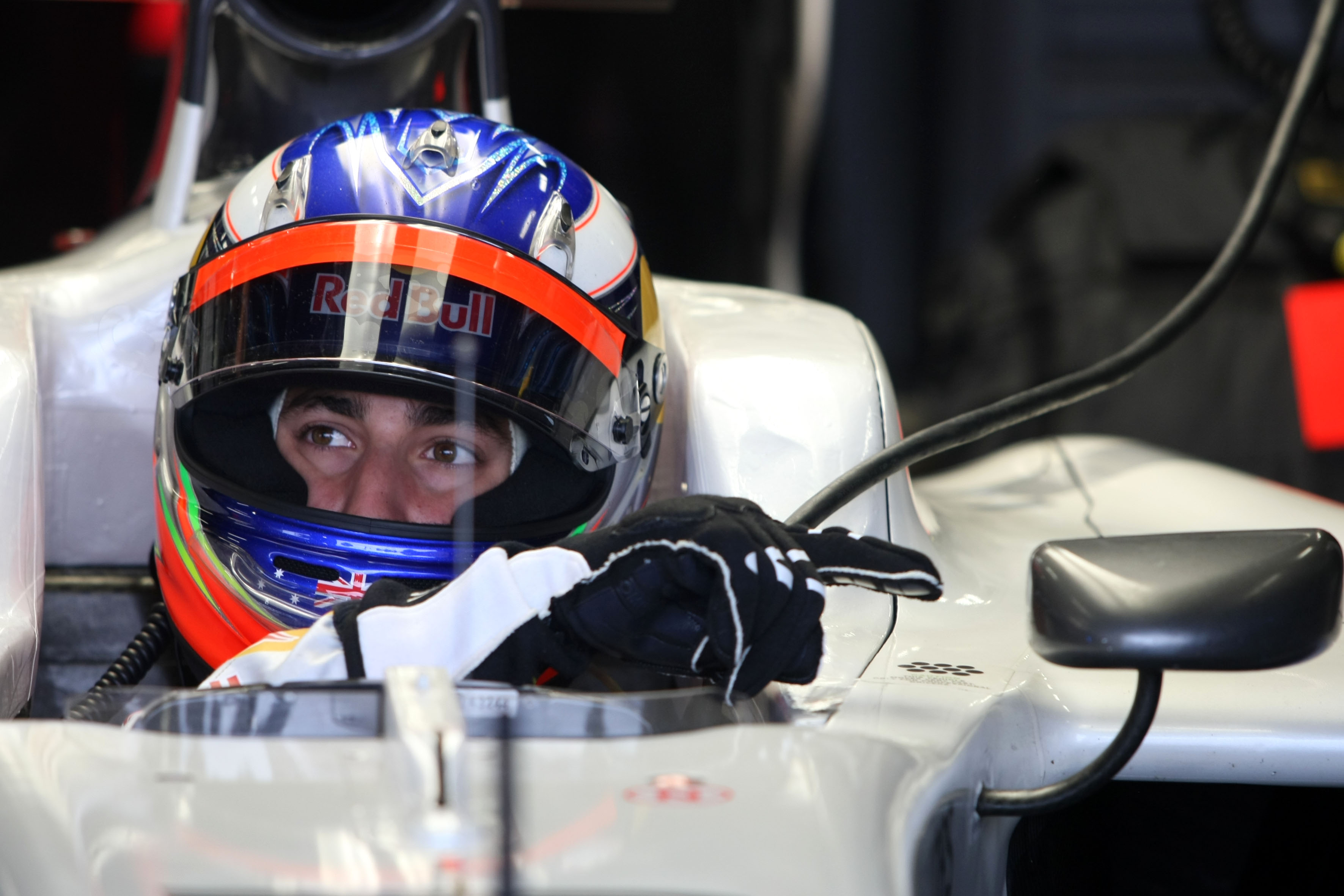
Ricciardo’s 11-race stint with HRT yielded nothing more than a best starting position of 20th and a best race finish of 18th, but he’d passed the test Red Bull had set him and proved his worth in poor machinery.
The situation is very different in 2023, but is broadly analogous. Ricciardo is a very different person now, a proven F1 superstar rather than a young hopeful, but the echoes of 12 years ago in this situation won’t be lost on him when his ultimate aim is to once again convince Red Bull of his ability.






